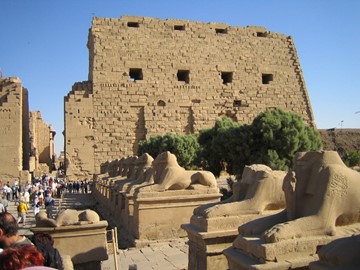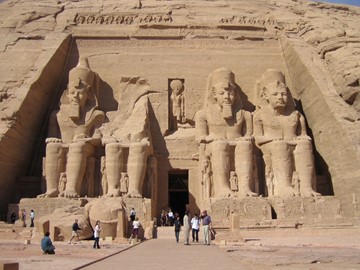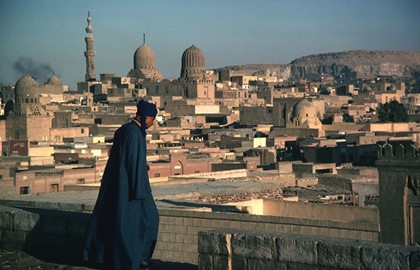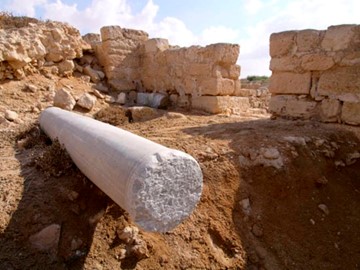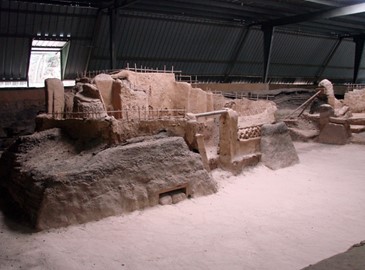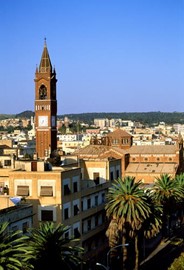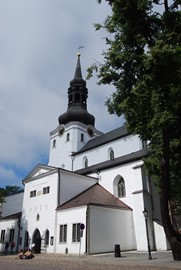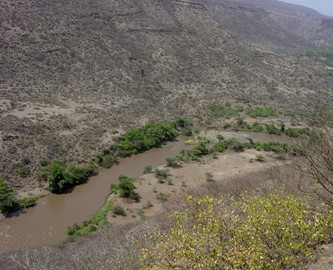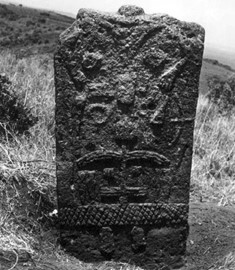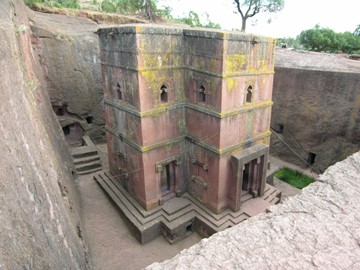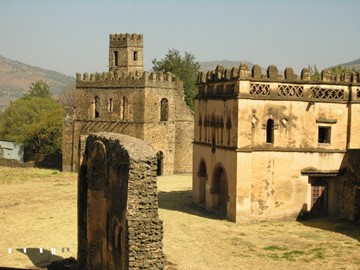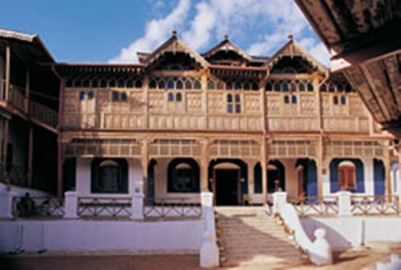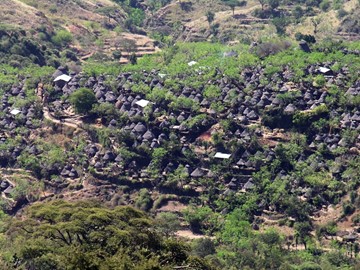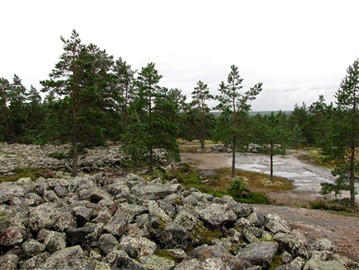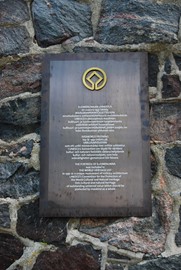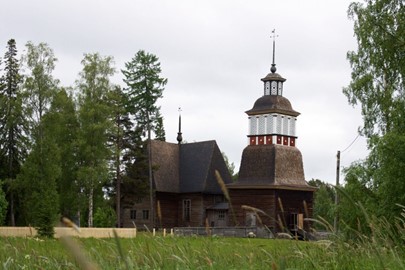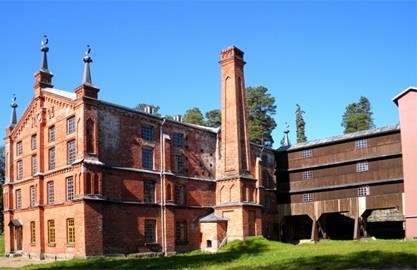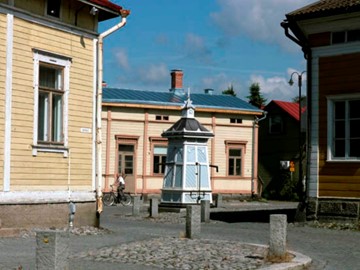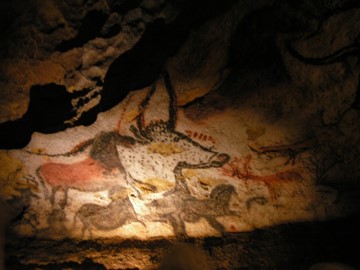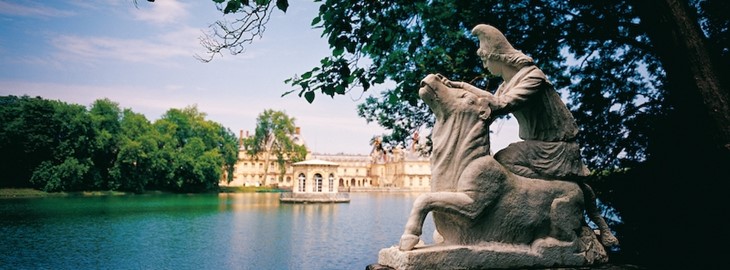category :: cultural
Memphis and its Necropolis
Memphis and its Necropolis, a UNESCO World Heritage site in Egypt, served as the ancient capital of Lower Egypt and a vital religious and political center for over 3,000 years. Founded around 3100 BCE by King Menes, it features remarkable monuments like the colossal statue of Ramses II and the Alabaster Sphinx. The sprawling necropolis includes iconic pyramids, such as those at Giza, Saqqara, and Dahshur, showcasing exceptional architectural and artistic achievements. This site reflects the ingenuity and cu... Read More
Thebes Necropolis
Thebes Necropolis, a UNESCO World Heritage site in Egypt, is an ancient burial ground renowned for its historical and archaeological significance. It encompasses a vast collection of tombs, temples, and monuments, primarily from the New Kingdom period (circa 1550–1070 BCE), showcasing the grandeur of pharaonic mortuary practices. Key features include the elaborately decorated tombs of pharaohs and nobles, such as those in the Valley of the Kings and Valley of the Queens, reflecting advanced artistry and rel... Read More
Abu Simbel Nubian Monuments
The Abu Simbel Nubian Monuments, a UNESCO World Heritage site, are renowned for their colossal rock-cut temples built during the reign of Pharaoh Ramesses II in the 13th century BCE. These impressive structures, featuring intricate carvings and towering statues, were originally carved into a mountainside to honor the pharaoh and his queen, Nefertari. Relocated in the 1960s to save them from flooding caused by the Aswan High Dam, the monuments remain a testament to ancient Egyptian engineering and artistry, ... Read More
Cairo
Historic Cairo, a UNESCO World Heritage site in Egypt, is renowned for its rich Islamic architecture and cultural significance. Founded in the 10th century, it boasts an array of well-preserved mosques, madrasas, and mausoleums, reflecting centuries of history under various dynasties. Key landmarks include the Citadel of Saladin, the Mosque of Ibn Tulun, and the bustling Khan el-Khalili bazaar, showcasing the city's medieval charm. This site stands as a testament to Cairo’s role as a major center of Islamic... Read More
Abu Mena
Abu Mena, a UNESCO World Heritage site in Egypt, is an ancient Christian pilgrimage center dating back to the 3rd century AD, renowned for its historical and religious significance. Founded near the tomb of Saint Menas, a martyr revered for miraculous healings, it features well-preserved ruins of churches, monasteries, and a large basilica, reflecting early Christian architecture. The site thrived until the 7th century, when it declined following the Muslim conquest, leaving behind a remarkable archaeologic... Read More
Saint Catherine Area
The Saint Catherine Area, a UNESCO World Heritage Site in Egypt, encompasses the Orthodox Monastery of Saint Catherine, built in the 6th century at the foot of Mount Sinai. This historic site, sacred to Christianity, Islam, and Judaism, is renowned for its well-preserved Byzantine architecture, ancient manuscripts, and icons, reflecting its continuous use as a Christian monastery. Nestled within a rugged mountainous landscape, it includes significant religious and archaeological landmarks, such as the tradi... Read More
Joya de Cerén
Joya de Cerén, a UNESCO World Heritage site in El Salvador, is an ancient Maya farming village famously preserved by volcanic ash from an eruption around 600 AD. Often called the 'Pompeii of the Americas,' it offers a rare glimpse into daily life with intact structures, tools, and crops like maize and manioc. Discovered in 1976, this archaeological treasure showcases the resilience and ingenuity of its pre-Columbian inhabitants.
Asmara
Asmara, a UNESCO World Heritage site in Eritrea, is renowned for its well-preserved modernist architecture, reflecting its colonial past under Italian rule in the early 20th century. The city's historic urban layout features a striking blend of Art Deco, Futurist, and Rationalist buildings, including the iconic Fiat Tagliero service station, designed to resemble an airplane. Its unique cultural and architectural significance earned it recognition as a testament to human creative genius and urban planning fr... Read More
Tallinn
Tallinn, a UNESCO World Heritage site in Estonia, is a remarkably preserved medieval city known for its historic charm. Its Old Town features cobblestone streets, Gothic architecture, and landmarks like St. Olaf’s Church and the Alexander Nevsky Cathedral. The city's well-maintained defensive walls and towers reflect its past as a key trading hub in Northern Europe. Today, Tallinn blends its rich history with a vibrant modern culture, attracting visitors worldwide.
Lower Valley of the Awash
The Lower Valley of the Awash, a UNESCO World Heritage site in Ethiopia, is renowned for its exceptional paleontological significance, offering critical insights into human evolution through fossils dating back over 4 million years. The site gained global fame with the 1974 discovery of 'Lucy,' a 3.2-million-year-old Australopithecus afarensis skeleton, one of the earliest known bipedal hominids. Ongoing excavations continue to uncover a wealth of hominid and animal remains, solidifying its status as a key ... Read More
Tiya
Tiya, a UNESCO World Heritage Site in Ethiopia, is an ancient archaeological site renowned for its collection of 36 carved stone stelae. These mysterious monuments, adorned with enigmatic symbols like swords and human figures, are believed to mark a prehistoric burial complex, though their exact age and meaning remain uncertain, estimated between the 10th and 15th centuries. The site offers a glimpse into an early Ethiopian culture, showcasing its historical and artistic significance. Recognized in 1980, Ti... Read More
Aksum
Aksum, a UNESCO World Heritage site in Ethiopia, is an ancient city renowned for its historical and cultural significance. It was once the capital of the Aksumite Empire, a major trading power between the 1st and 7th centuries AD, connecting Africa with the Roman Empire and India. The site features impressive monolithic obelisks, royal tombs, and the ruins of palaces and churches, including the Church of St. Mary of Zion, believed by some to house the Ark of the Covenant. Aksum remains a testament to Ethiop... Read More
Lower Valley of the Omo
The Lower Valley of the Omo, a UNESCO World Heritage Site in Ethiopia, is a renowned prehistoric location celebrated for its significant contributions to understanding human evolution. It has yielded numerous hominid fossils, including early Homo sapiens remains dating back 195,000 years, alongside Australopithecus fragments and ancient stone tools from about 2.4 million years ago. These discoveries, preserved in ancient sedimentary deposits near Lake Turkana, highlight the site’s critical role in paleoanth... Read More
Lalibela
Lalibela, a UNESCO World Heritage site in Ethiopia, is renowned for its remarkable rock-hewn churches, carved directly into solid stone during the 12th and 13th centuries. These monolithic structures, numbering 11 in total, showcase intricate architecture and serve as a testament to the country's rich Christian heritage, attracting pilgrims and tourists alike. The site's historical and cultural significance lies in its unique construction and enduring spiritual role, making it a standout destination in Ethi... Read More
Fasil Ghebbi
Fasil Ghebbi, a UNESCO World Heritage site in Ethiopia, is a historic fortress dating back to the 16th and 17th centuries. This architectural complex, built by Emperor Fasilides and his successors, features a blend of local and foreign influences, including castles, palaces, and churches enclosed within a fortified wall. The site showcases Ethiopia's rich imperial history and its significance as a political and cultural center during the Gondarine dynasty. Its well-preserved structures and unique design mak... Read More
Harar Jugol
Harar Jugol, a UNESCO World Heritage site in Ethiopia, is a fortified historic town renowned for its rich Islamic heritage and unique cultural blend. Enclosed by walls built between the 13th and 16th centuries, it features 82 mosques, including three from the 10th century, and over 100 shrines, earning it the title of Islam’s “fourth holiest city.” The town’s traditional Harari houses, with their distinctive interior designs, reflect a fusion of African and Islamic architectural influences, while its maze-l... Read More
Konso
The Konso Cultural Landscape, a UNESCO World Heritage site in Ethiopia, showcases a remarkable 400-year-old tradition of sustainable living in a dry, hilly environment. It features stone-walled terraces and fortified settlements, reflecting the Konso people’s ingenuity in agriculture and engineering, alongside unique wooden waga sculptures honoring the deceased. This living cultural heritage, inscribed in 2011, highlights the community’s social cohesion and adaptation to a challenging landscape.
Levuka
Levuka, a UNESCO World Heritage site in Fiji, is a historic port town founded in the early 19th century, celebrated for its well-preserved colonial architecture and cultural significance. Once Fiji’s first capital under British rule from 1874 to 1882, it features quaint buildings along a beachfront, blending European and indigenous influences. Recognized in 2013, this rare example of a 19th-century Pacific settlement reflects a unique fusion of local traditions and colonial power.
Sammallahdenmaki
Sammallahdenmäki, a UNESCO World Heritage Site in Finland, is a Bronze Age burial ground dating back to 1500–500 BC. It features 33 granite cairns, showcasing the funerary practices and social structures of Scandinavian Bronze Age culture. Notable structures include the unique 'Church Floor' and the elongated 'Long Ruin of Huilu,' set within a striking natural landscape. Inscribed in 1999, it offers a glimpse into ancient rituals, possibly linked to sun worship, and remains freely accessible to visitors.
Fortress of Suomenlinna
The Fortress of Suomenlinna, a UNESCO World Heritage site in Finland, is an impressive 18th-century sea fortress built across several islands. Constructed by the Swedish crown in 1748 to protect against Russian expansion, it features robust stone walls, bastions, and a strategic layout reflecting military architecture of the time. Today, it stands as a well-preserved historical monument, attracting visitors with its rich history, scenic views, and cultural significance.
Petajavesi Old Church
Petäjävesi Old Church, a UNESCO World Heritage site in Finland, is a wooden Lutheran church built between 1763 and 1765 by local peasants, showcasing exceptional Nordic log construction and vernacular architecture. Recognized in 1994, it blends Renaissance-style central planning with Gothic influences, reflecting the skills of its builders and the region’s cultural heritage. The church, including its 1821 bell tower, remains largely unchanged, offering a glimpse into 18th-century rural life and craftsmanshi... Read More
Verla Groundwood and Board Mill
The Verla Groundwood and Board Mill, a UNESCO World Heritage site in Finland, is a remarkably well-preserved example of a 19th-century rural industrial settlement focused on pulp, paper, and board production. Established in 1872 and operational until 1964, the site features original mill buildings, machinery, and workers' housing, offering a glimpse into the forest industry's early history. It was added to the UNESCO list in 1996 for its cultural significance and historical integrity. Today, it serves as a ... Read More
Old Rauma
Old Rauma, a UNESCO World Heritage site in Finland, is a well-preserved example of a traditional Nordic wooden town, recognized in 1991 for its unique medieval street layout and vernacular architecture. Situated on the Gulf of Bothnia, it features colorful wooden buildings, including homes and shops, centered around the 15th-century Holy Cross Church, a remnant of a Franciscan monastery. Despite fires in the 17th century, it retains its historical charm as a living community with residents and businesses. I... Read More
Vézère Valley
The Vézère Valley, a UNESCO World Heritage site in France, is renowned for its exceptional prehistoric significance. This region boasts over 150 archaeological sites, including 25 decorated caves, with the famous Lascaux Cave showcasing intricate Paleolithic wall paintings dating back over 17,000 years. Often called the 'cradle of human art,' it offers unparalleled insight into early human creativity and culture, complemented by its rich collection of ancient tools, fossils, and rock shelters. The site's pr... Read More
Fontainebleau
The Palace of Fontainebleau, a UNESCO World Heritage site in France, is a stunning example of French Renaissance architecture, blending medieval, Renaissance, and classical styles. Originally a royal hunting lodge, it was transformed into a grand palace by successive monarchs, notably Francis I, and served as a residence for French royalty for centuries. Its opulent interiors, including the Francis I Gallery with its intricate frescoes and stucco work, reflect its rich history. The palace remains a cultural... Read More

